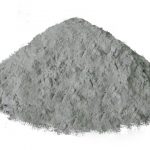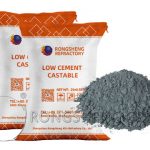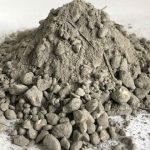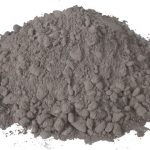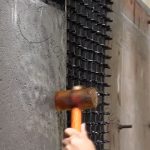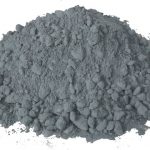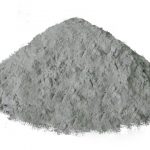Do you know how to install plastic refractory in the furnace? When purchasing and installing plastic refractory, you should use them in a right way in the furnace or kiln. Then the refractory materials can play their good and right performance. Here is about the introduction for the installation methods of plastic refractory.
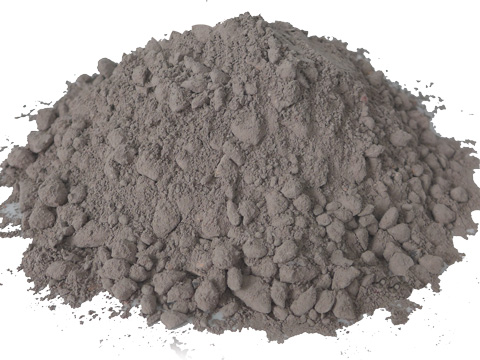
Installation and Fixation of Anchor Device with Plastic Refractory
Before the construction, anchor device should be installed on the wall and roof of furnace according to the design regulations.
- Anchor device installed on the furnace wall is generally composed of special-shaped refractory bricks and metal parts welded on the furnace shell. Refractory anchor bricks of furnace wall shall be fixed at the level of the bottom surface which can be rammed with plastic refractory, and the bolts connected with the metal parts shall be tightened.
- Anchor device installed on the furnace roof is composed of special-shaped refractory bricks and metal pendants. After being connected, they are hung on a steel beam. Installation of refractory anchor bricks for furnace roof should be carried out after the plastic refractory is paved and rammed to the corresponding position. Before installing, the wooden mold brick should be driven into the tamped plastic refractory material to form the same concave and convex surface as the brick surface. Then the refractory anchor bricks shall be embedded and fixed. At this time, it should also be noted that the refractory anchor bricks and the plastic refractory material are tightly engaged.
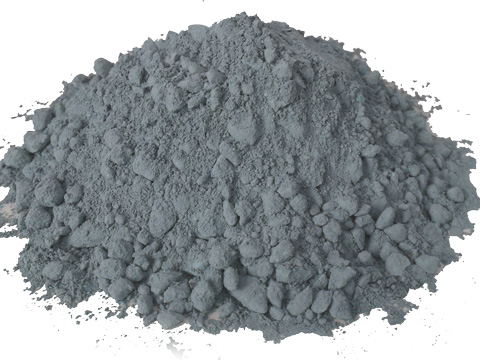
Paving and Ramming of Plastic Refractory
- Plastic refractory should be laid and staggered tightly, and rammed layer by layer. The second layer should be laid after the first layer of plastic refractory is completely finished rammed. The ramming direction should be perpendicular to the construction surface. The thickness of each layer of material should not exceed 100mm when using bulk plastic refractory.
- The operator should hold the hammer tightly and move forward in such way that the hammer head overlaps the hammer head by 2/3, the line overlaps by 1/2, and the reciprocating tamping 3 to 4 when using the pneumatic tamping machine to tamp. Cover the tamping solid with plastic film in the construction gap.
- When the ramming is interrupted for a long time, the joints should remain at the center line of the same row of refractory anchor bricks. When continuing to pound, the surface should be scraped.
- The thickness of furnace wall after being tamped is generally slightly larger than the design size, which is about 6-8mm when the mold is supported and about 20mm when the mold is not supported. So that the furnace wall can be repaired conveniently after construction. When repairing, use a cutting tool to cut off the excess part of the surface according to the design size and make the internal pores expose.
- The expansion joints of plastic refractory shall be retained according to design requirements. The expansion joint of the furnace wall is left as a longitudinal straight joint, so that a polyvinyl chloride corrugated board with a thickness of 2 mm can be inserted. Both sides of the corrugated board are required to be rammed uniformly at the same time, so that the expansion joints basically form a straight line. When leaving the expansion joints at the corners, the wooden model can be fixed on the expansion joints, and then rammed from the two different positions of the furnace wall at the same time. When finishing, remove the wooden board and fill the joints with refractory fibers.
- Plastic refractory for the furnace roof can be rammed in sections at the same time. The sloped furnace roof should start from the lower turning point or construction joint. When ramming, the operator should carry out the tamping machine in a horizontal direction. There is no impact force from the self-weight impact of front hammer. It is necessary to pay special attention to ram evenly during construction and ensure that tight combination between the billets. The door of furnace roof is generally left as a funnel-shaped gap, and then carefully pounded.
Get to understand the installation methods of plastic refractory for sale from Rongsheng Company. Rongsheng as a professional plastic refractory factory can not only provide customers with high quality products, but also the professional installation guidance. If you want to learn more information about plastic refractory installation, you can contact Rongsheng Company for consulting. Email us now.

